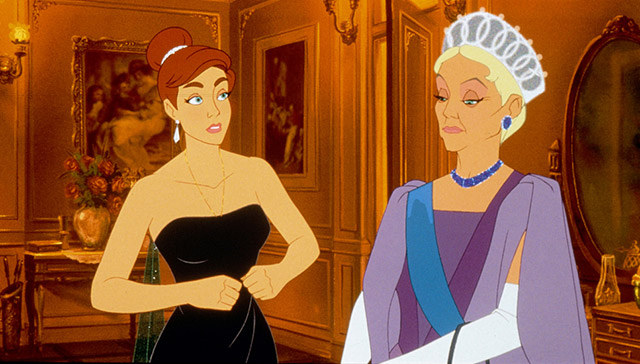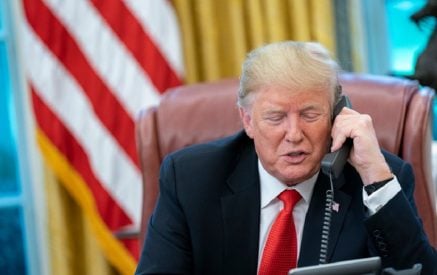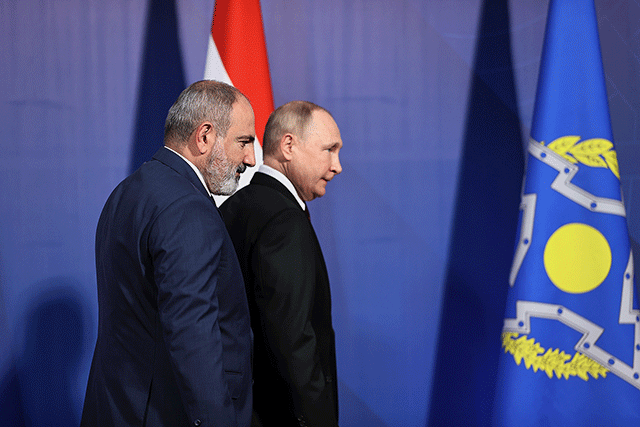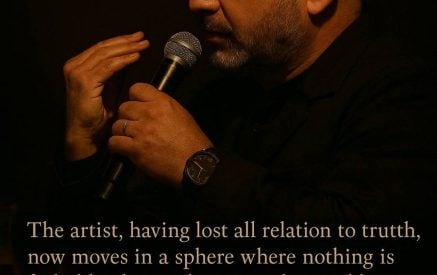“I’ll be safe and wanted,” Anastasia, the daughter of the slain Tsar Nicholas II, sings happily in the animated film of the same name.
Anastasia is no longer wanted by Disney+. The company has removed the cartoon praising Tsarism and condemning Bolshevism from its online movie site. The reason is the Russian special operation in Ukraine (This assertion was not verified until the article was edited, but was assumed to be influenced by widespread Russophobia and censorship of Russian culture in the West- author)․
In 1918 Bolsheviks shot seven members of the Romanov royal family, including Anastasia. But there is a legend that Anastasia was holding a dog, the bullet hit the dog, and Anastasia survived. Based on that legend 20th Century Fox made the animated film Anastasia in 1997. Its authors are Don Blutհ and Gary Goldman.
The story in the cartoon is a little different. Grigori Rasputin, who is the collective image of Bolshevism in the cartoon, but in reality was a close friend of the Romanovs, abolishes the tsarist family and enables a revolution. The 8-year-old Anastasia manages to escape.
Read also
Growing up in an orphanage, she loses her memory. Becoming an adult, she decides to go to Paris to find out who she is.
In the animation, all the Russians are depicted in a positive light. Be it a coachman or a nobleman, a king or a servant, a merchant or a con man, everyone is polite and decent, everyone is handsome, white, smiling, compassionate, and cheerful. Everyone is safe.
Only Rasputin is shown in a negative light. He doesn’t even look Russian. He has messy hair, a beard, and yellow skin. He has irregular features, long and dirty nails, and pimples on his forehead. His body is decaying – his mouth keeps falling out, his hand is torn off, his eye is falling out of its socket. The character evokes the same feelings that the West has for Russia’s President Vladimir Putin.
It seems paradoxical, why would a US company censor work that demonizes the Soviet Union? Anastasia was the victim of Bolshevism, the common enemy of Tsarism and the modern West. So, what is behind this censorship?
After the collapse of the Soviet Union, a new kind of Europe, into which Russia was also integrating, emerged. It was a Europe attached to USA, and Russia also had to accept the US hegemony․
In that scenario, Russia and the Russians needed to be separated from the Soviet Union’s demonized image created by the US-ruled West: Demonizing one’s subjects is senseless, so new ways to depict these “new Russians” were sought․
That’s why the American animation film creates a positive image of Russia, where every viewer can sympathize with Anastasia and find Russians likeable, all the while still hating the Soviets who turned the 8-year-old happy girl into an orphan. This way the Westerners would understand that the Soviet regime had nothing to do with Russian citizens, the victims of the evil Rasputin and the evil Bolsheviks.
The guarantee of Russia being Europe in the animation is the theme of France’s cultural dominance. Anastasia leaves the orphanage in shabby clothes and wants to go to Paris․
“This is crazy. Me? Go to Paris?” She mocks herself for her dream as if only chosen ones can go to Paris.
Nevertheless, she finds a way to go. She travels from St. Petersburg through “real Europe” – Poland, Germany, Sweden, the Netherlands, and Belgium – and reaches France. Ukraine is not on the map of the cartoon.
And when she arrives in Paris, her clothes become chic and the city streets become full of color and life. Her accent and behavior change, too, becoming elegant and aristocratic.
“Paris holds the key to your heart!”, “And forget all your woes, a city of light,” “You’ll be tres jolie [very pretty],” Paris sings to the beautiful girl who has lost her royal inheritance. Where Russia is the orphan, France is the caretaker.
The US production hints that Russia can indeed be Europe, but only under the auspices of “real Europe,” France, abandoning the Soviet Union, a strikingly independent competitor.
“Anyone who doesn’t regret the collapse of the Soviet Union has no heart. Anyone who wants it restored has no brains,” Vladimir Putin has said.
The West convinced its citizens that Russia is trying to restore the Soviet Union. Why spread this nonsense that contradicts Putin’s intentions? After all, it is indeed impossible to restore both the vast territories of the USSR and its economic, social, ideological and administrative system.
You can only kill the Tsar’s family once. It is impossible to execute Anastasia again, but it is necessary to do so now․
The Russian system’s resistance to NATO is based on national interests. Russians, and not socialism, is at the center of Putin’s Russia. He is besieging Ukraine for the sake of Russian speaking population’ security. So, in this sense, he has moved away from the Soviet Union and is approaching Tsarism. Especially when in his speech recognizing the Donetsk and Luhansk republics, Putin called Ukraine Vladimir Ilyich Lenin’s Ukraine, meaning that this country was created by Lenin, the founder of the Soviet Union.
“Do you want decommunization? Well, this suits us well. We are ready to show you what actual decommunization means for Ukraine,” Putin said in the same speech, turning the communist past and the West into allies against Russia.
Of course, the West won’t take up the thrown down gauntlet. The United States and the collective West have for decades propagated so much hatred against the Soviet Union that now, even if Mickey Mouse becomes associated with the Soviet Union, the West will feel the same way about Putin and Rasputin.
Nowadays, the enemy of the United States is not communism, it is Russia and its history – Putin, the Romanov family, Anastasia. Communism spices up that hatred.
At the end of the animation, Anastasia relinquishes the throne for the sake of love. After the collapse of the Soviet Union, Russia was just a passion, not an obstacle.
In contrast, now Anastasia has chosen the state over love and become an obstacle. Therefore Anastasia is now an enemy just as much as the Soviet Union.
And that’s the key to understanding the paradox of censoring the animation film praising Tsarism and condemning Bolshevism.
This is why Anastasia must be executed again.
Hovhannes Ishkhanyan
EDIT:
After writing this article, the website clarified that the removal of the Anastasia cartoon was not conditioned by a Russian special operation in Ukraine, but a matter of contract.



























































